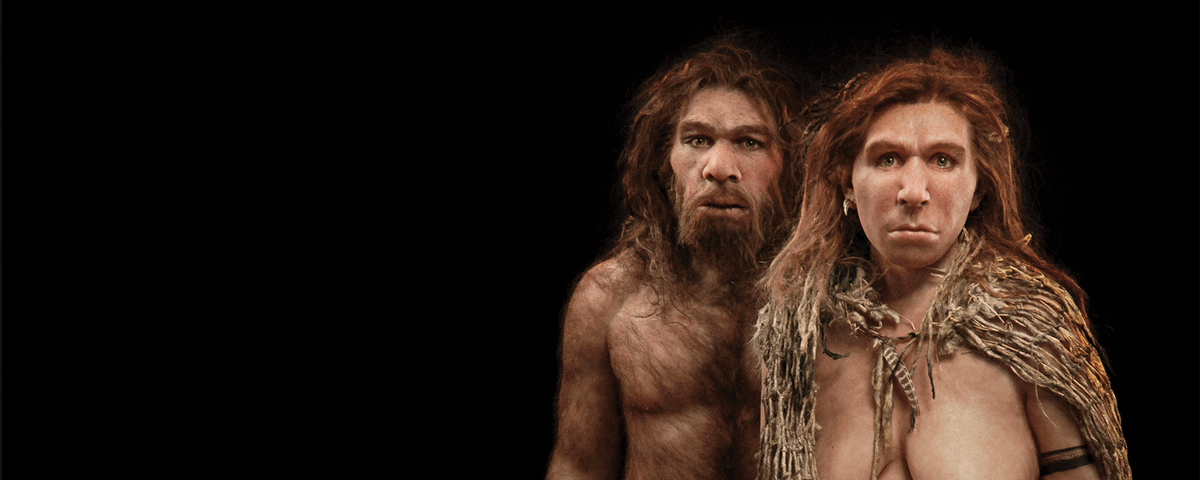This week we explore sources which existed as sound recordings, sound performances,
or audio in some form. Learning to “read” and interpret these sources is quite different from handwritten documents and scientific evidence we’ve we worked with so far, but they are an important part of the cultural landscape of the past.

Tuesday, Oct 15 Reading: Susan Douglas, “Radio Comedy and Linguistic Slapstick,” from Listening In: Radio and the American Imagination.
Read not only for content (in this case, her chapter is about radio comedy and some of its notable programs and stars), but also for historical method: HOW is she writing about sound? HOW is she using radio programs as historical evidence? How does she construct an argument using evidence which she cannot “show” us as text or illustrations, but must describe for us–since we cannot hear it along with her? In one sense, Douglas must translate the shows into a written form, just as the shows themselves must translate physical comedy and “sight gags” into linguistic/aural comedy and “sound gags.”
If you’d like to hear the people / shows she discusses…
Amos ‘n’ Andy
Joe Penner
Ed Wynn
Eddie Cantor
Burns and Allen
Jack Benny
Who’s On First (Abbott and Costello)
For Thursday Oct 17, everyone’s assignment is to listen to at least an hour of old-time radio or recorded sound and be ready to share your findings with the class. Bring headphones for private listening if you have them available.
Chase down old radio through these links or through Youtube (ignoring any visuals, of course):
Red Hot Jazz – lots of early recordings from the 1920s
OTR.net – Old Time Radio Network
RUSC.com – this is a fabulous old-time radio website, but its best content is by subscription only. The link goes to a selected list of free downloads.
America in the 1930s (a UVA Project) has very good resources, including a “Day on Radio,” with all the programming from one representative day in 1939 for one station. Flash Player required.
All the programs of Orson Welles’ Mercury Theater of the Air are online, including the 1938 Halloween “War of the Worlds” broadcast that so terrified the East Coast. (Better quality audio may be found on YouTube)
National Jukebox (Library of Congress) is a massive digital archive of recorded sound prior to 1925.
Thomas Edison’s Attic is an archived radio program and podcast that replays old recordings (wax cylinder, phonograph and other now-extinct exotic formats) from the Edison National Historic Site’s collection – lots of interesting old American sounds from 1888-1929
Rand’s Esoteric OTR is a blog & podcast of the author’s gigantic collection of transcription disks (i.e. records of radio shows meant for later playback), many of them from Armed Forces Radio during WW2. A great source for high-quality web broadcasts of old radio programming.
Vintage Radio Scripts can be found here
Internet Archive’s Old Time Radio section has a lot of material, including news from the 1930s, and WWII news recordings
Other resources, museums and archives for radio history:
Old Time Radio Researchers Group
Vintage Radio and Communications Museum, Windsor CT
Paley Center for Media; Museum of Television and Radio (NY & CA)
Pavek Museum, Broadcasting Hall of Fame (St. Louis, MN)
Museum of Broadcast Communications (Chicago)
Other Links for Class This Week: Fibber McGee’s closet (1948), Amos&Andy law book episode 1929/07/03 #28 (10:39), Burns and Allen (Maxwell House, 1947-1948), e.g. #25 Gracie Buys George an Easter Outfit, Jack Benny 1939, 1930s Radio News (Hindenberg #67-68) — footage & description on later British newsreel, On the Media “The X Factor” (2007), Frasier S4 Ep18 “Ham Radio”

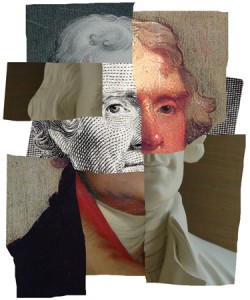
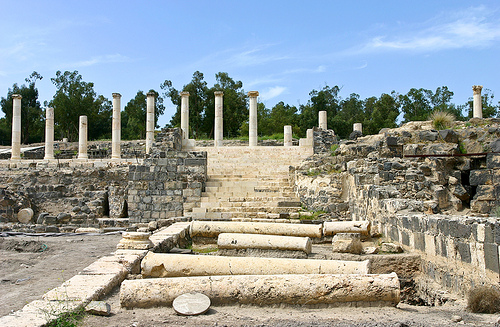 1) To what extent are the Jewish people a genetically distinct group whose ancestry can be traced to the land now known as Israel?
1) To what extent are the Jewish people a genetically distinct group whose ancestry can be traced to the land now known as Israel? 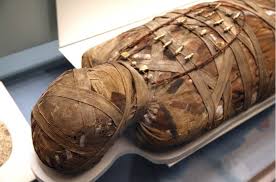
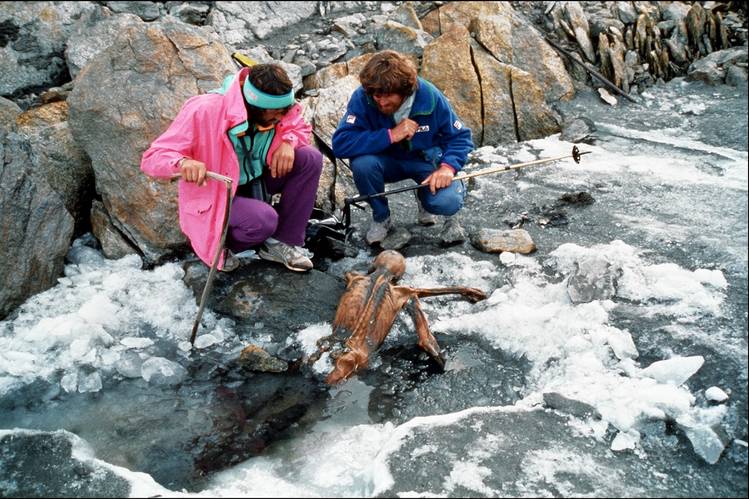 3) Who were early Europeans and what can we know about them from genetic evidence?
3) Who were early Europeans and what can we know about them from genetic evidence? 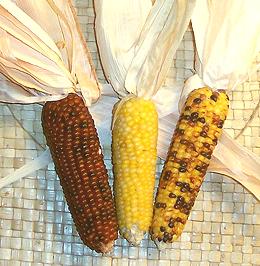 4) How can science and genetics help us understand plant domestication? (i.e. who invented corn?)
4) How can science and genetics help us understand plant domestication? (i.e. who invented corn?) 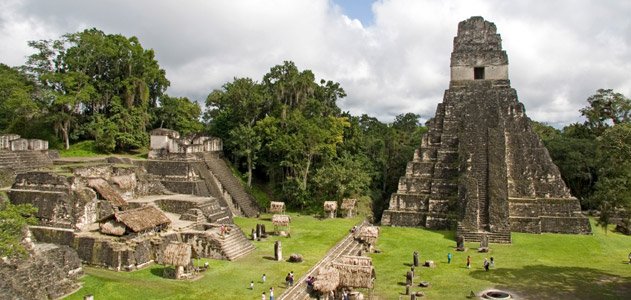 5) A Case of Science / History “Fake News”…?
5) A Case of Science / History “Fake News”…?